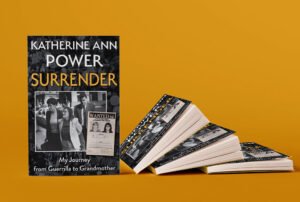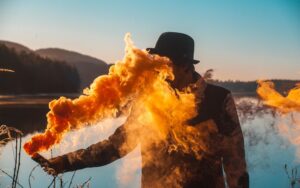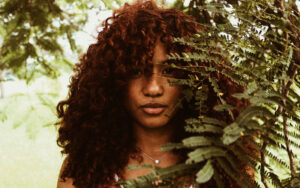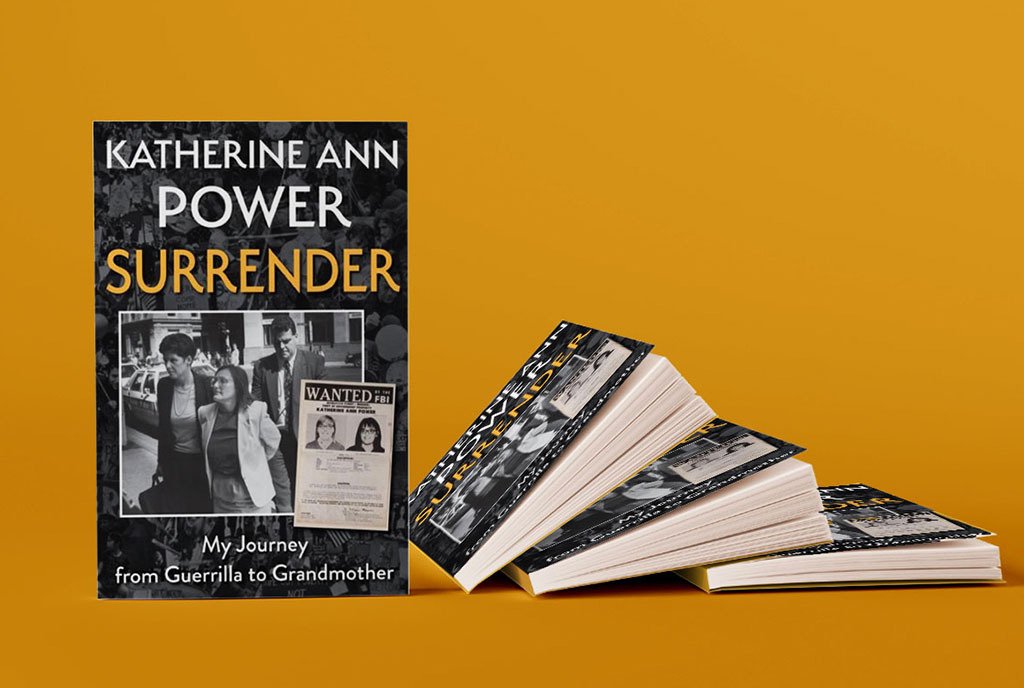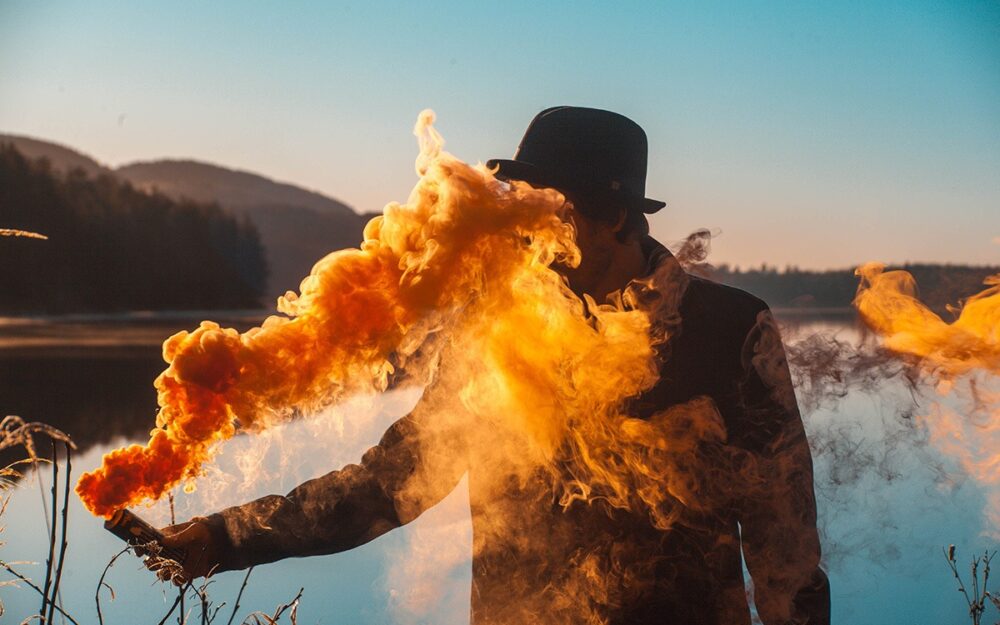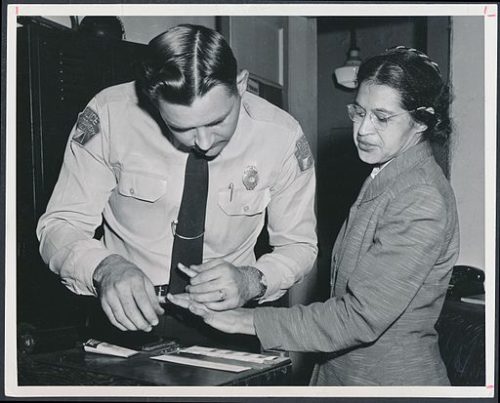
January 20, 2017; Vogue
On the morning of the women’s march, Vogue published an article by Marjon Carlos that discussed the looks that one might strive for in protesting human and civil rights abuses. At the top of the article, as the first picture in a slideshow of images, was a photograph of activist Ella Baker, beautifully dressed and made up. As Carlos pointed out, that was the Sunday-best look that civil rights protestors aspired to at the time.
By reframing the very idea of what a disrupter looked like, the civil rights movement was able to control its messaging. Presentation and, subsequently, dress came to be used as a tool of resistance across the movement—one that some of its most renowned female leaders employed with dexterity. Striking and often jarring optics such as this dignified woman being manhandled by the police revealed the daily horrors that many African Americans confronted, and worked to shame the government into action.
But, of course, styles change.
Sign up for our free newsletters
Subscribe to NPQ's newsletters to have our top stories delivered directly to your inbox.
By signing up, you agree to our privacy policy and terms of use, and to receive messages from NPQ and our partners.
Effective and vigilant, these smartly attired leaders helped usher in major legislative victories—from the Voting Rights Act of 1965 to the Civil Rights Act of 1968—that largely struck down the Jim Crow laws. But in the late ’60s, a major shift in politics—and style—occurred, during which a much more militant group responded to a younger generation’s call for swifter action and feistier leadership. Enter the Black Panther Party…
Which brought its own signature looks.
No doubt, it was a looser, bolder time, but the look was still purposeful and had a trickle-down effect on all of black culture. Creatives like singer Nina Simone, actress Ruby Dee, and writer Maya Angelou were strongly influenced by the party’s pro-black doctrine. From protest songs to films to Afrocentric clothing, there was a constant production of revolutionary black visual culture. As for the BPP’s foes—those in conservative America who wished to snuff out the party’s growing influence—the defiant look was interpreted as a threat to the state. Even to this day, the image of a black turtleneck, a raised fist, and an Afro can inspire controversy—just look to Beyoncé’s subversive Super Bowl performance last year (which paid homage to the BPP) for proof of the movement’s enduring visual impact.
Then, of course, for something more recent, we have the Pussy Riot look, with brightly colored dresses and tights and balaclavas. It’s worth a thought. (Those pink pussy hats just did not do it for me. I’d hate to think of them becoming our signature image.)—Ruth McCambridge


